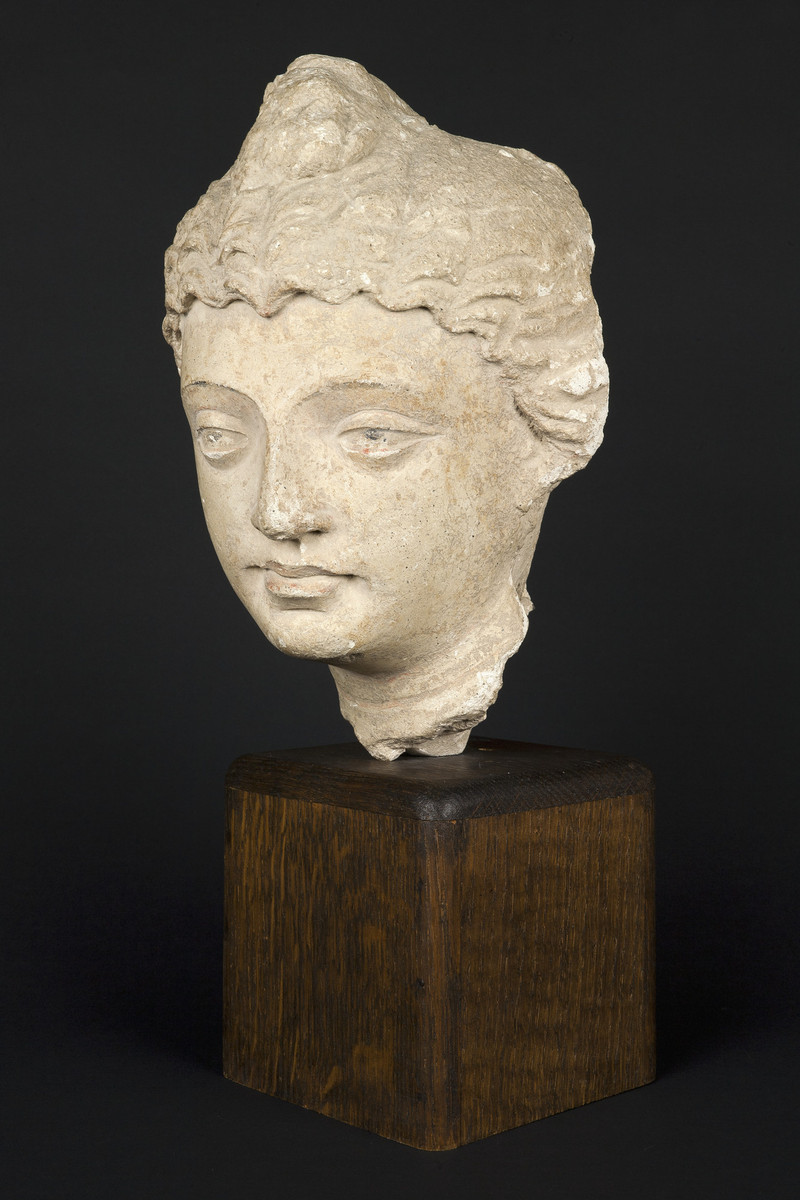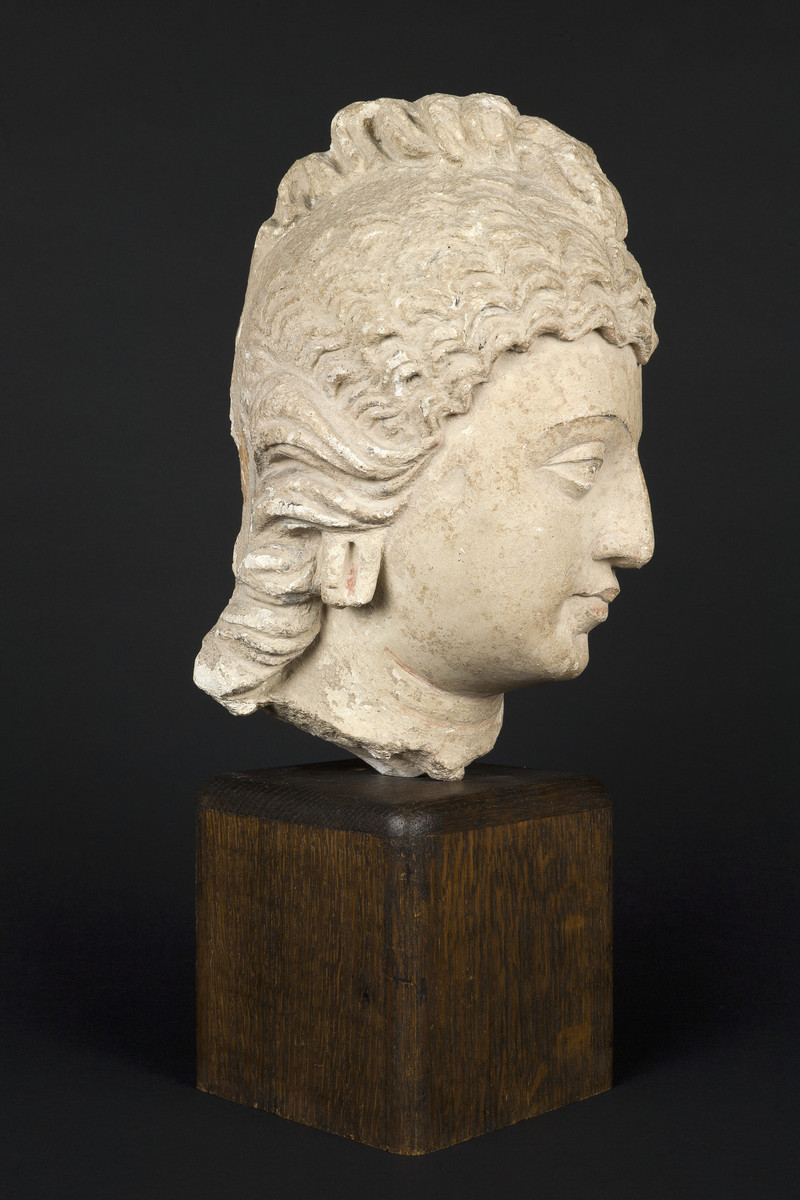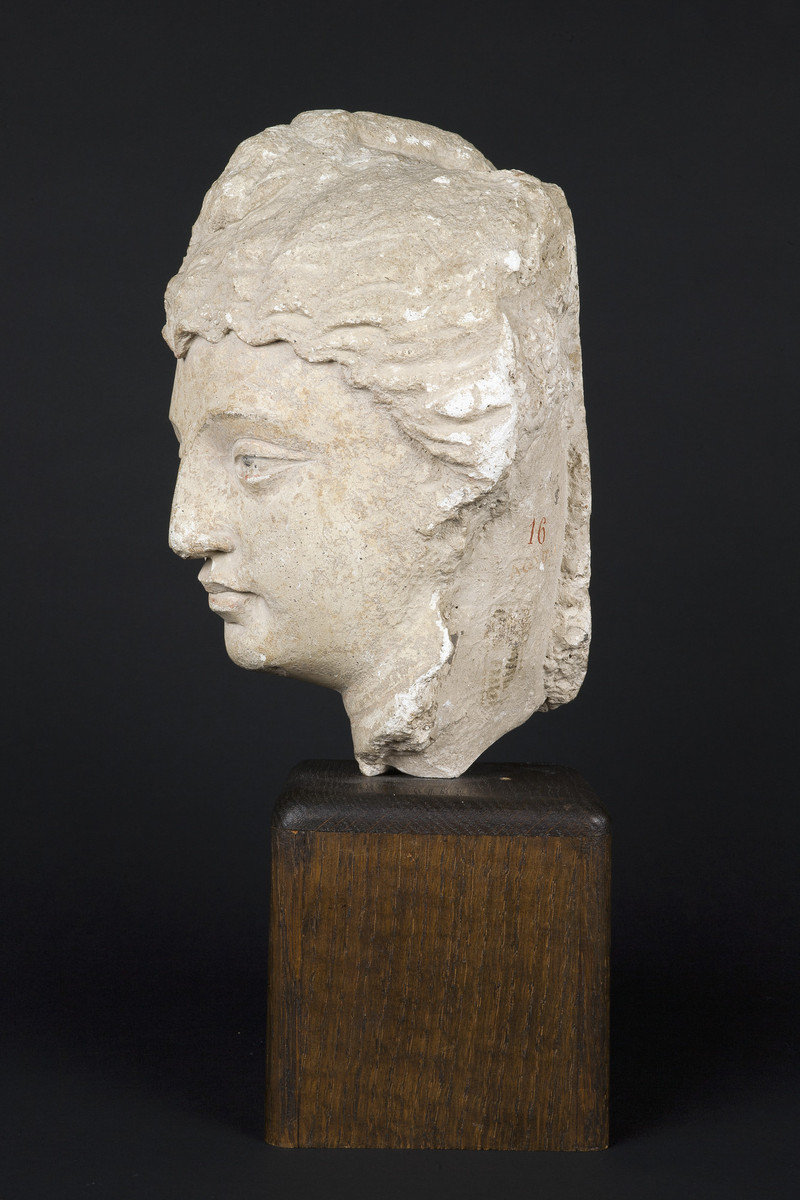On View
Unknown
Gandharan
Place made: Asia; Gandhara (Pakistan)
Head of a Bodhisattva or celestial being, 2nd-3rd century CE (Kushana Period, 1st-4th century)
Overall: 9 in x 5 1/2 in x 5 7/8 in; 22.9 cm x 14 cm x 14.9 cm
Purchase with the Nancy Everett Dwight Fund
MH 1931.1.O.OI

 GIVE
GIVE


